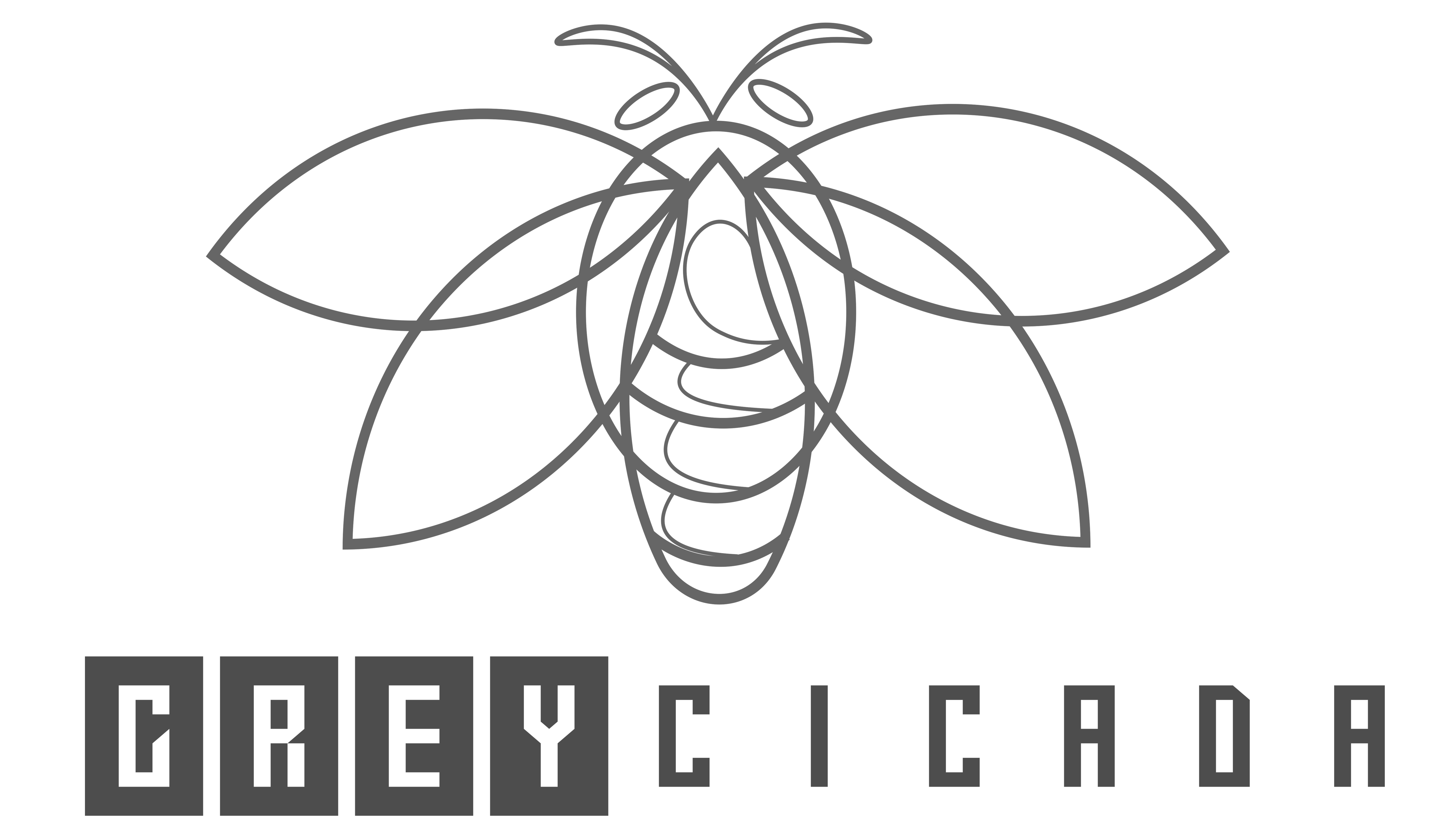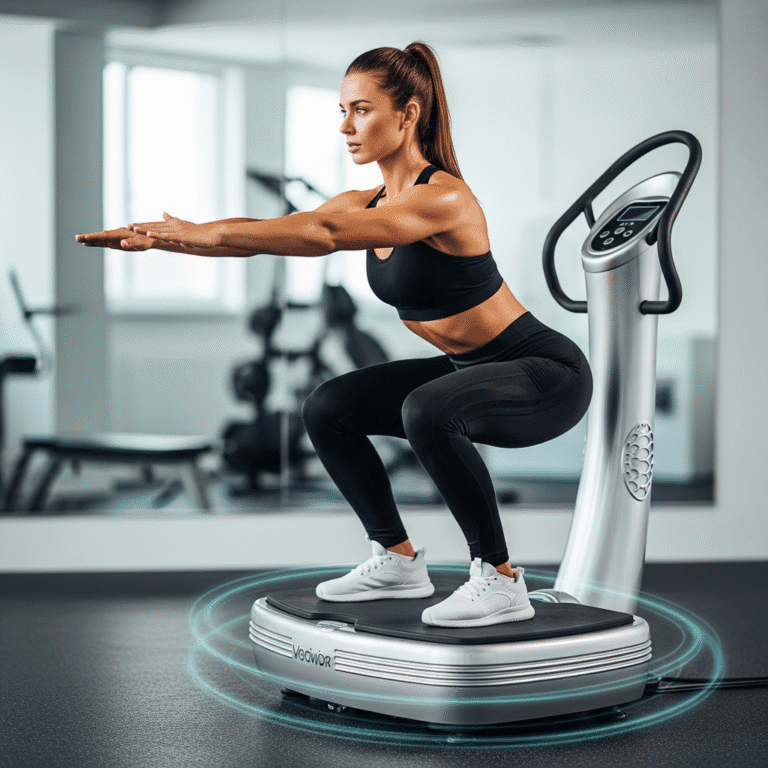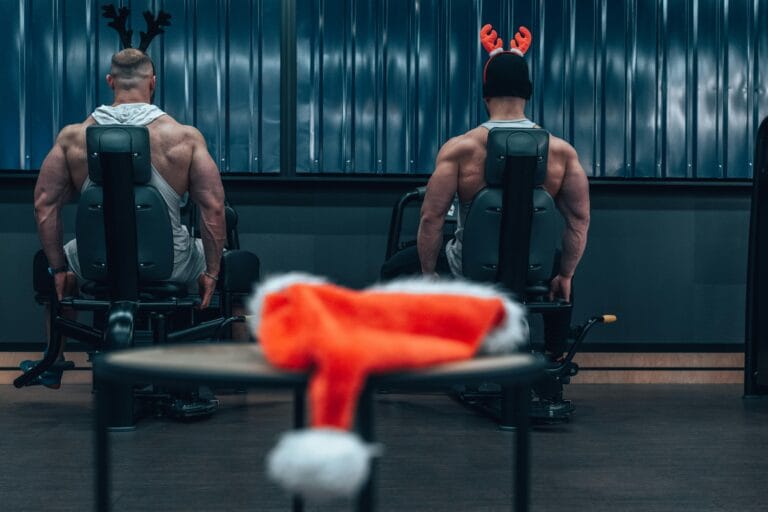FREE SHIPPING OVER $50
I Did These 6 Wall Exercises Every Morning—My Rounded Shoulders Are Gone

We all know the look: the slightly sunken chest, the forward head, and the shoulders that creep inward like parentheses around your body. We call it “slouching,” “text neck,” or more technically, rounded shoulders or upper crossed syndrome. For years, this was my persistent posture problem. I sat at a desk all day, and despite trying to “sit up straight,” the strain eventually became chronic. My upper back felt perpetually stiff, my chest felt tight, and I even started getting tension headaches—it was frustrating evidence that my daily habits were winning the battle against good posture.
I eventually realized that fixing my rounded shoulders wasn’t about willpower; it was about correcting a massive muscular imbalance. The issue is simple: the front muscles (chest and shoulders) get tight and short, and the back muscles (mid-back stabilizers) get weak and long. The solution? A strategic routine that simultaneously stretches the front and strengthens the back. I developed a quick, daily routine using only a wall, and in just a few weeks, the results were dramatic. I’m sharing the exact 6 simple wall exercises that finally erased my slouch and helped me stand taller than ever before.
The Science of Slouching: Why the Wall Works
The reason the wall is the ultimate tool for correcting rounded shoulders lies in its simplicity and function as an external point of feedback. It forces you to stabilize your body and maintain a truly neutral spine, preventing compensatory movements.
Understanding Upper Crossed Syndrome
Your rounded shoulders are caused by a pattern of opposing muscle weaknesses and tightness:
- Tight/Short Muscles: Pectoralis Major/Minor (chest) and Upper Trapezius/Levator Scapulae (upper neck). These pull the head and shoulders forward.
- Weak/Long Muscles: Rhomboids and Mid/Lower Trapezius (mid-back stabilizers) and Deep Neck Flexors. These are the muscles that should help maintain your upright posture.
This 6-move routine directly addresses both sides of the imbalance: the first three exercises focus on deep, effective stretches, and the last three focus on targeted strengthening and posture retention.
Part 1: The Three Essential Wall Stretches (Release the Tension)
The goal of these stretches is to release the tight muscles that are chronically pulling your shoulders and head forward, starting your journey toward better posture.
1. The Pec Corner Stretch (Opening the Chest)
The tight Pec Minor and Pec Major muscles are the primary culprits in rounded shoulders. This stretch uses the corner of a room or a doorway to open the entire anterior chest.
- How to do it: Stand facing a corner or doorway. Place one forearm on each side of the wall/frame, keeping your elbows slightly below shoulder height. Slowly step forward until you feel a comfortable, deep stretch across your chest. Keep your chin slightly tucked to maintain a neutral neck.
- Daily Focus: Hold the stretch for 45 to 60 seconds. This long hold time is crucial for encouraging the fascia and muscle fibers to lengthen. Focus on breathing deeply into the stretch.
2. The Wall Angel (Mobilizing the T-Spine)
This exercise is a powerful combination of thoracic (mid-back) mobility and gentle shoulder stretching. It forces you to address the stiffness in your upper back that contributes to the slouch.
- How to do it: Stand with your back flat against the wall, heels about 6 inches away. Press your lower back, mid-back, and head against the wall. Place your arms on the wall in a “goalpost” position (L-shape). Slowly slide your arms up the wall as high as you can, trying to keep your wrists, elbows, and back against the wall at all times.
- Daily Focus: Perform 10 to 15 slow repetitions. If your back arches excessively, you’ve gone too high. The goal is to move the shoulder blades without compromising the neutral back position.
3. The Upper Trap and Levator Scapulae Stretch (Neck Pain Relief)
The tight muscles running from the back of your neck down to your shoulder blades are responsible for tension headaches and constant neck pain associated with Tech Neck.
- How to do it: Sit or stand tall. Gently place your right hand on the left side of your head. Tilt your right ear toward your right shoulder. To deepen the stretch, look down toward your right hip and gently pull your head forward.
- Daily Focus: Hold the stretch for 30 to 45 seconds on each side. The key is gentle traction; you should feel the pull diagonally across the back of your neck and up into the base of your skull.
Part 2: The Three Targeted Wall Strengthening Moves (Build the Posture)
Now that the front is loose, it’s time to activate and strengthen the weak muscles in the back that must hold the corrected posture in place.
4. Wall Chin Tuck (Activating the Deep Flexors)
This is the single best move for counteracting the forward head and strengthening the deep neck flexors (the tiny muscles that hold your head upright effortlessly).
- How to do it: Stand with the back of your head gently touching the wall. Keeping your eyes level, slowly slide your chin straight back until you create a “double chin.” Your head should press gently against the wall. Hold the position, ensuring your chin is tucked in and not lifted up.
- Daily Focus: Hold the position for 5 seconds. Repeat 10 to 15 times. This move reinforces the correct head posture necessary to stand taller.
5. Wall I’s, T’s, and Y’s (Scapular Strength Sequence)
This sequence directly targets the Rhomboids and the mid/lower Trapezius—the muscles that actively pull your shoulder blades down and back, preventing the slouch.
- How to do it: Stand against the wall (heels a few inches away, back flat).
- I: Arms straight up above your head, making an “I” shape.
- Y: Move arms slightly down and out, making a “Y” shape.
- T: Move arms straight out to the sides, making a “T” shape.
- Daily Focus: Squeeze your shoulder blades down and back in each position. Perform 8 repetitions of the entire sequence (I-Y-T). This builds endurance in your core posture muscles.
6. Wall Scapular Slides (Correcting Shoulder Girdle Position)
This move strengthens the muscles that stabilize the entire shoulder girdle, teaching the shoulders where they should be in space relative to your back.
- How to do it: Stand against the wall with your arms out straight, palms facing the wall. Slowly slide your arms up the wall as high as you can, and then slowly slide them back down. As you slide them down, actively squeeze your shoulder blades down and together toward your lower back pockets.
- Daily Focus: Perform 10 slow, controlled repetitions. The downward phase is the most critical; focus all your energy on that final scapular squeeze to lock in the proper alignment.
Achieving the Before & After: Consistency is Key
The reason this 6-move routine worked for me—and why it will work for you—is not the intensity of the exercises, but the dedication to the daily habit. I committed to doing the entire circuit every morning, right after brewing coffee.
Long-Term Posture Hacks
- The Check-In: Set a reminder to go off every 60 minutes. When it sounds, immediately perform 5 Chin Tucks and 5 Scapular Squeezes. Interrupting the slouch cycle throughout the day prevents muscular memory from reverting to bad posture.
- Sleep Alignment: Use a thin, supportive pillow that keeps your neck neutral while sleeping. This prevents the neck muscles from tightening up overnight, undoing all the stretching work you did during the day.
- Standing vs. Sitting: Whenever possible, choose to stand or walk. Being upright automatically activates your core and mid-back muscles, making it harder to maintain rounded shoulders.
Within the first week, I felt a noticeable reduction in neck tension. By 2 weeks, the visual “Before & After” was undeniable—my shoulders naturally rested further back, my chest looked more open, and I felt physically taller.
Final Thoughts
Rounded shoulders and chronic neck pain are not permanent conditions; they are correctable muscular imbalances caused by modern life. By committing to this simple, targeted 6-wall exercises every morning, you are systematically lengthening the tight muscles in the front of your body and rebuilding the foundational strength in your mid-back. This daily habit is the most effective way to restore your natural posture, alleviate persistent pain, and achieve the confidence and longevity that come with standing tall and proud.
Related Articles
- Wake Up to a Flatter Belly: 4 Trainer-Approved Workouts That Tighten Your Core Fast
- The Muscle Activation Tricks Natural Bodybuilders Don’t Want You to Miss
- Over 50? These 5 Exercises Rebuild Muscle and Reverse Aging—No Supplements Needed
- If You’re Over 45 and Can’t Pass These 4 Strength Tests, Your Mobility May Be at Risk
- Over 40? Trainers Say These 6 Exercises Are Non-Negotiable for Strength and Longevity



